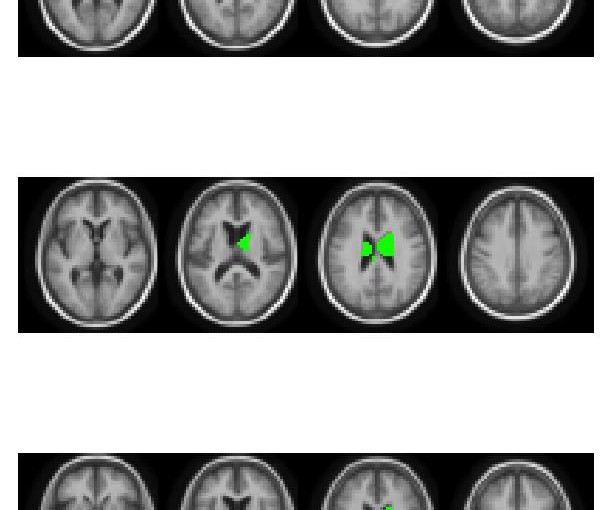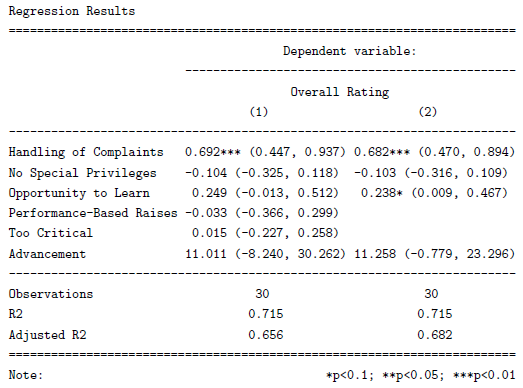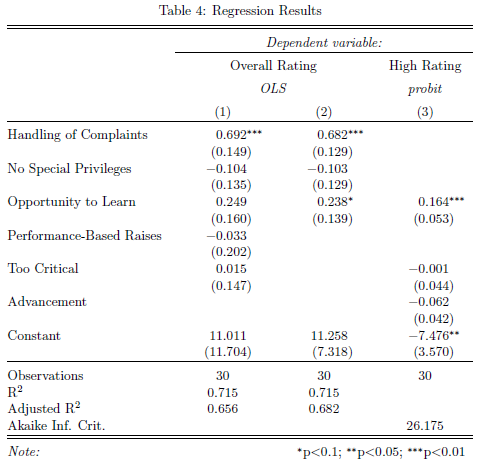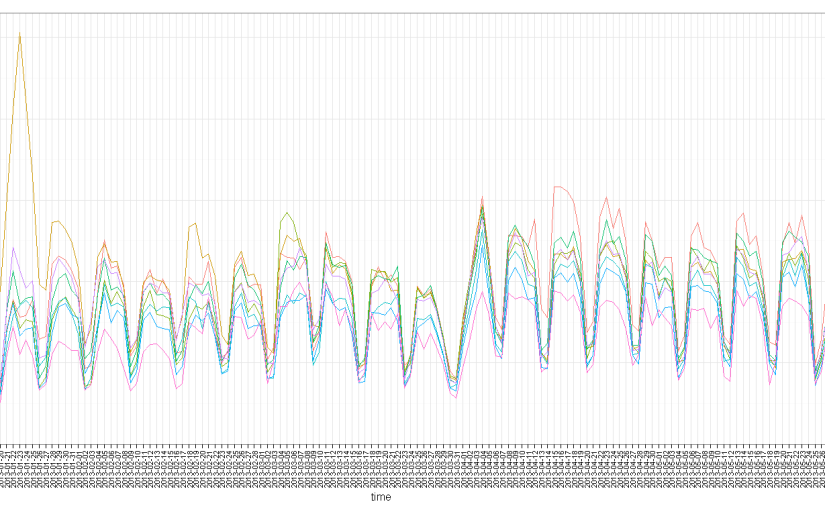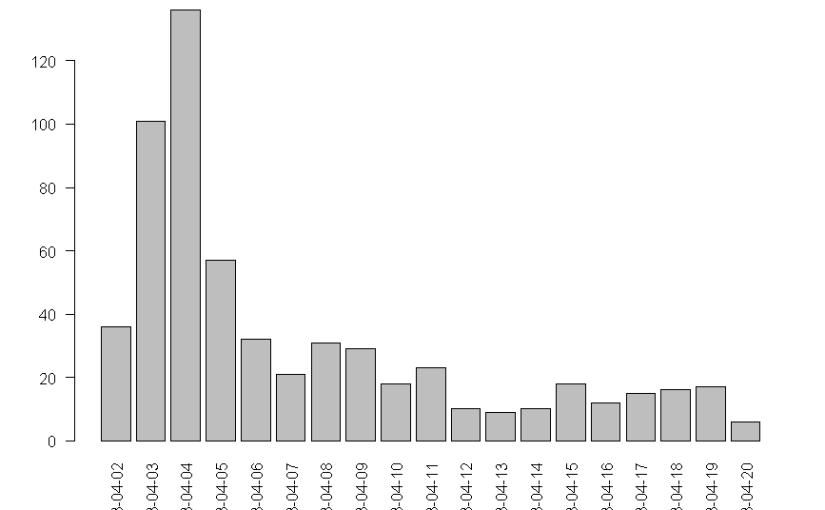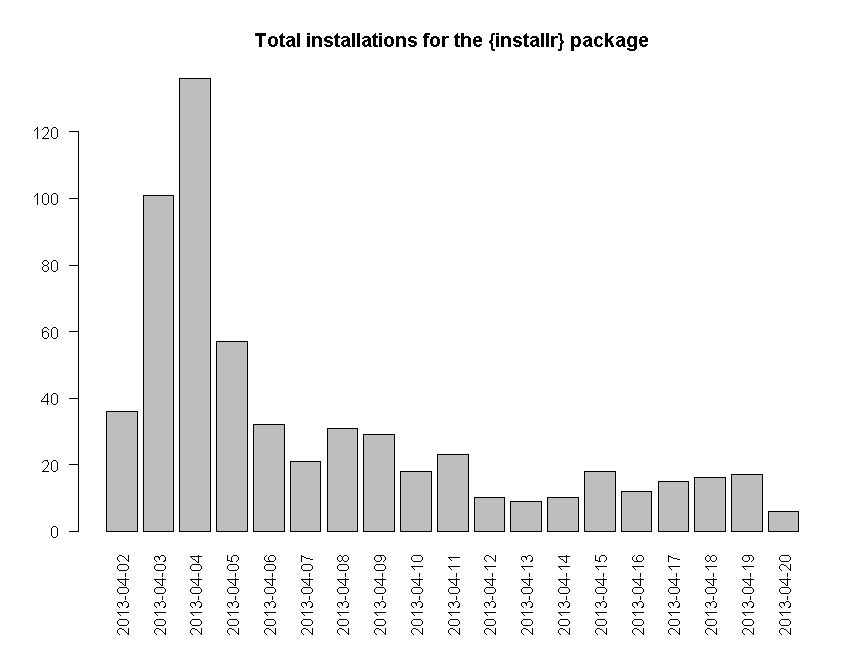(guest post by Andy Nicholls and the team of Mango Business Solutions)
Introduction
Testing is a crucial component in ensuring that the correct analyses are deployed. However it is often considered unglamorous; a poor relation in terms of the time and resources allocated to it in the process of developing a package. But with the increasing popularity and commercial application of R it testing is a subject that is gaining significantly in importance.
At the time of writing there are 5987 packages on CRAN. Due to the nature of CRAN and the motivations of contributors the quality of packages can vary greatly. Some are very popular and well maintained, others are essentially inactive with development having all but ceased. As the number of packages on CRAN continues to grow, determining which packages are fit for purpose in a commercial environment is becomming an increasingly difficult task. There have been numerous articles and blog posts on the subject of CRAN’s growth and the quality of R packages. In particular, Francis Smart’s R-bloggers post entitled Does R have too many packages? highlights five perceived concerns with the growing number of R packages. I would like to expand on one of these themes in particular, namely the “inconsistent quality of individual packages”.
There are many ways in which a package can be assessed for quality. Popularity is clearly one: if lots of people use it then it must be quite good! But popular packages tend to also have authors that actively develop their packages and fix bugs as users identify them. Development activity is therefore another factor; the length of time that a package has existed for; the package dependency tree and the number of reverse ‘Depends’, ‘Imports’ and ‘Suggests’; the number of authors and their reputation; and finally there is testing. Francis briefly mentions testing in his post noting that “testing is still largely left up to the authors and users”. In other words there is no requirement for an author to write tests for their package and often they don’t!
Continue reading “Analyzing coverage of R unit tests in packages – the {testCoverage} package”



